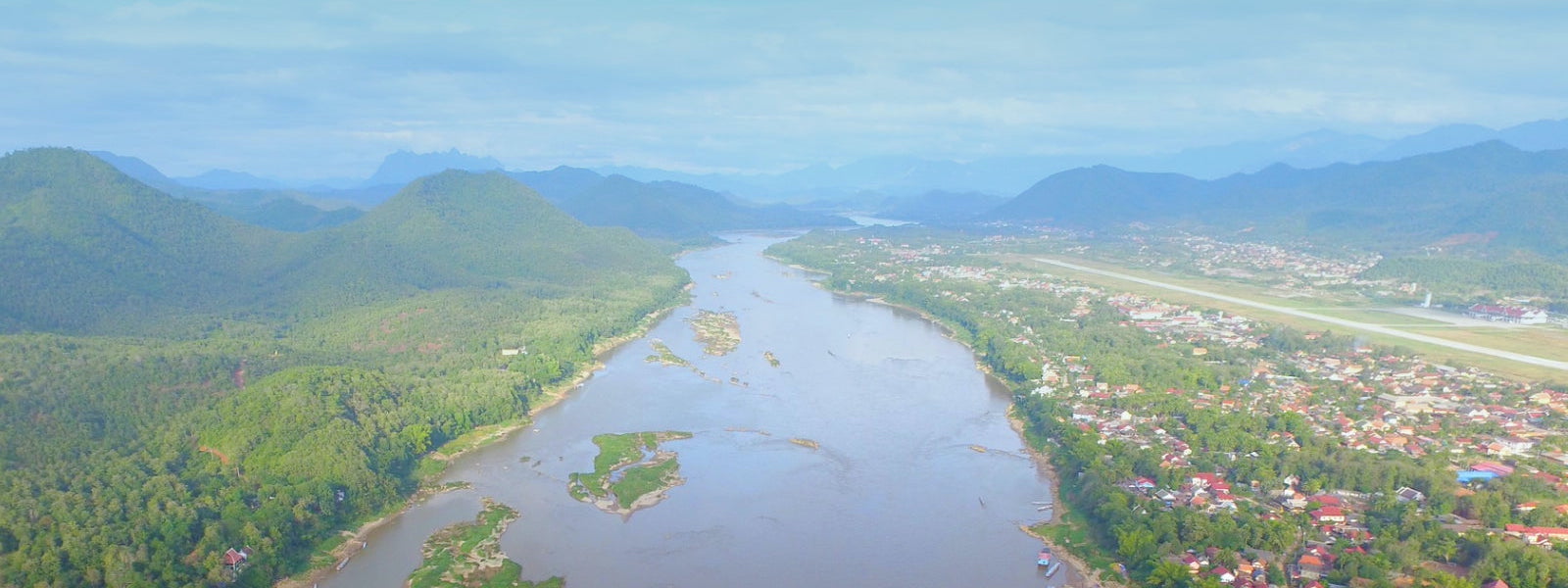
Objectives
For Phase 1, the project has set the following objectives
- Study, develop, and establish an EbA Implementation Protocol and related Environmental and Social Management Plan to prepare for the development of work plans for sub-projects and activities implementation in the Young River Basin demonstration area in the next phase.
- Enhance knowledge and understanding of ecosystem-based adaptation approaches for communities and the public through workshops, training sessions, and dialogue and exchange activities in the Young River Basin demonstration area, Thailand, in preparation for the next phase implementation.
- Support the Department of Water Resources, as a national agency, related committees and working groups, and provide operational support to the Project Management Unit (PMU) in project management and supervision, reporting, communication, coordination, monitoring and evaluation of progress and success of work plans, financial management in accordance with regulations and cooperation agreements with UNEP, including drafting work plans and project implementation for the next phase.
Expectations for EbA Implementation in Thailand
The project operates according to the work plan to implement in the Young River Basin demonstration area. Communities and people in the area will be able to apply the knowledge and understanding of ecosystem-based adaptation approaches gained from workshops, training sessions, and dialogue and exchange activities. This will enhance community capacity to cope with climate change impacts and prepare them to be part of the project implementation in the Young River Basin demonstration area, Thailand in the next phase.
Policy Alignment with Thai Water Master Plan, National Plans, SDGs, etc.
The ecosystem-based adaptation approach, which utilizes biodiversity and ecosystem services to support communities in adapting to climate change impacts through conservation, management, and ecosystem restoration for sustainability, aligns with Issue 19 (Systematic Water Management) of the 20-Year National Strategy. It particularly aligns with Goal 3: "Rivers, canals, and natural water sources are conserved and restored to maintain good ecosystem conditions." This can be applied to develop water management plans, conservation, disaster risk reduction, and infrastructure plans to conserve water resources in the long term and enhance national water security. Moreover, it aligns with the United Nations Sustainable Development Goals (SDGs):
- Goal 2: End hunger, achieve food security and improved nutrition, and promote sustainable agriculture
- Goal 5: Achieve gender equality and empower all women and girls
- Goal 6: Ensure availability and sustainable management of water and sanitation for all
- Goal 11: Make cities and human settlements inclusive, safe, resilient, and sustainable
- Goal 12: Ensure sustainable consumption and production patterns
- Goal 13: Take urgent action to combat climate change and its impacts
- Goal 15: Protect, restore and promote sustainable use of terrestrial ecosystems, sustainably manage forests, combat desertification, halt and reverse land degradation, and halt biodiversity loss




